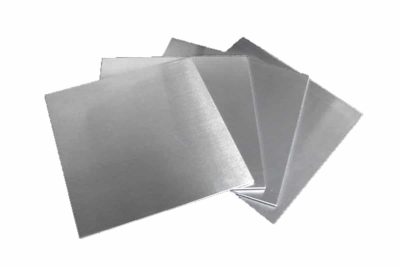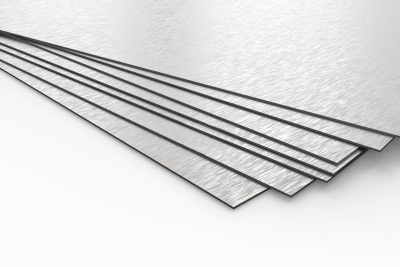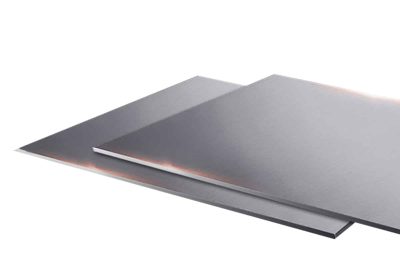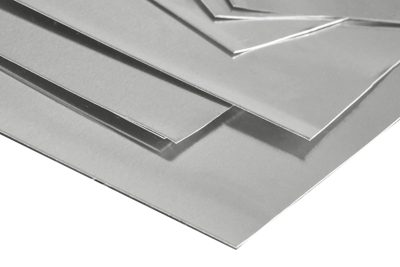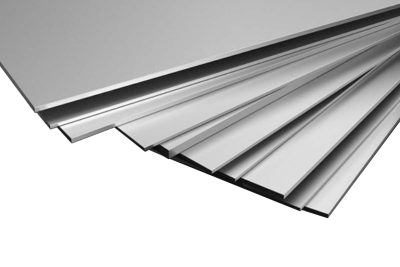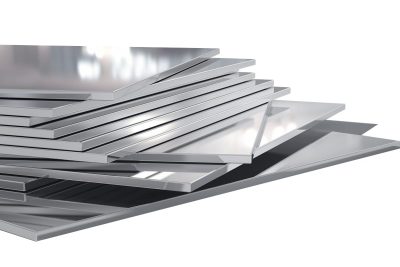We all know that stainless steel is ideal for resisting corrosion and oxidation. Stainless steel can show a perfect appearance by polishing and thus is very popular in many industries. Because of the excellent performance of stainless steel, most stainless steel is still preferred over stainless steel made into everyday items used in construction or large enterprises such as chemical and petroleum to do the structural support of equipment. So when stainless steel is exposed to moisture, will it lose its luster over time?
304 VS 316 Stainless Steel: Which is Better
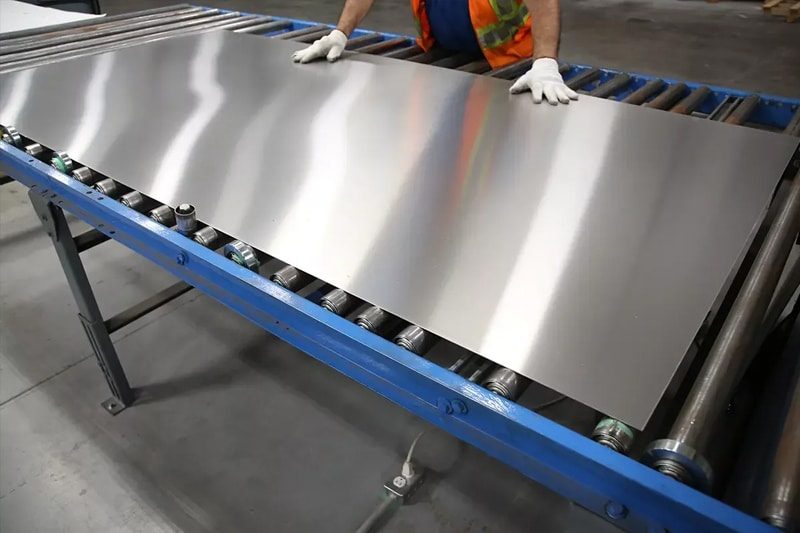
Can stainless steel lose its luster or rust?
All metals inevitably lose their luster or rust during their use. Stain steel will inevitably lose its luster to some extent during use, but it will not generally rust. Of course, one of the reasons for this is chromium in stainless steel. It can oxidize on the surface of the metal to form a protective film to achieve anti-rust protection.
Stainless steel loses its luster because the chromium inside reacts with oxygen and produces a chromium film. When our stainless steel is used in construction, mining, medical, and other large industries, the process of losing luster is very slow. Because of the small amount of chromium in stainless steel, losing its luster is also very slow.
What type of stainless steel tends to tarnish?
The type of stainless steel we use is also important for loss of luster. There are more than 150 types of stainless steel, and the difference in the performance of different types of steel on the loss of luster is also huge. Stainless steel discoloration is mainly influenced by the minerals manganese, chromium, carbon, and iron. Products made of 316L stainless steel contain high levels of iron, chromium, nickel, manganese, and carbon. This steel may discolor more quickly than the 304L stainless steel type, which has a relatively high nickel mineral content. But because of the higher chromium content at 316L, it is more resistant to corrosion.
From the differences, you can choose the suitable steel for your environment.
Authentic stainless steel
This stainless steel has two main characteristics. First, austenitic stainless steel contains a high amount of chromium in the production process. Stainless steels made with chromium are more resistant to corrosion, stains, and loss of luster. Secondly, these items tend to be non-magnetic, although they can become magnetic through cold forming. These are the most common types of stainless steel alloys. A famous example of the use of this stainless steel is the Gateway Arch in St. Louis.
Ferritic Stainless Steel
This stainless steel is the second most common type of alloy and is also magnetic. Items produced from this alloy can be hardened by cold forming and tend to be cheaper than other types due to their lower nickel content.
Martensite stainless steel
Martensitic stainless steels are used for applications that require high tensile strength or impact resistance. In many cases, this material is also combined with a protective polymer coating to improve corrosion resistance. This material is the least common type of stainless steel alloy. And it has a high nickel content to improve the material’s formality, weldability, and ductility.
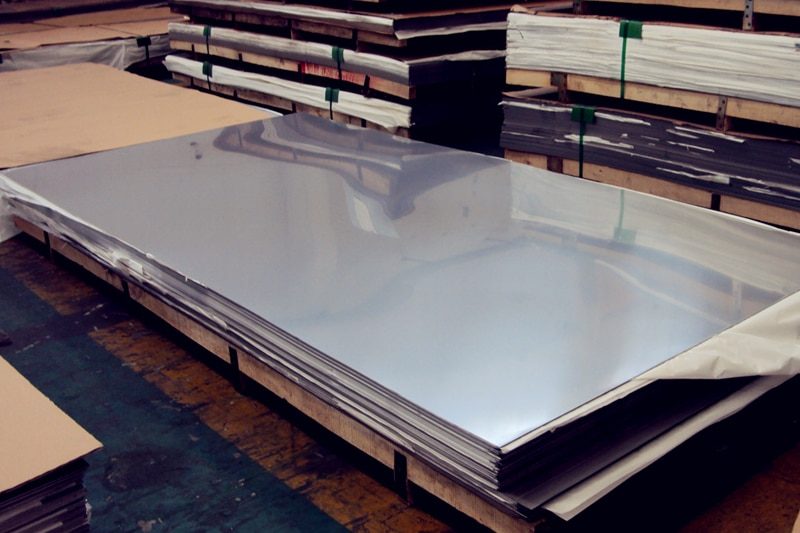
Factors affecting the discoloration of stainless steel
Many factors can cause stainless steel to lose its luster. For example, stainless steel products are exposed to harsh environments, and we will find that stainless steel no longer shines. Of course, there are many reasons why different types of stainless steel lose their luster. Next, we list a few factors that cause stainless steel to rust.
Contact with strong chlorinated substances
When exposed to chloride-rich environments (such as salt), many types of stainless steel alloys can suffer extreme pitting. For example, 304 stainless steel may begin to pit when used in naval applications due to contact with seawater (rich in salt) or salt-rich sea air. To avoid pitting, it is important to use a stainless steel grade that is particularly resistant to chlorides, such as grade 316 stainless steel. Alternatively, a special coating can be applied to the steel to prevent direct contact with chlorides in the environment.
Welding dissimilar stainless steels
A low-level mistake we can all make is to weld two different metals together. When two different metals are joined by electrolytic material, there may be a current flow from one material to the other. This will likely cause the metal to become “anodized” and begin to corrode faster. This corrosion rate will depend on several factors, such as the type of stainless steel, the weld filler, the ambient temperature and humidity, and the total surface area of the metal in contact with it.
Another best preventive measure for bimetallic corrosion is to avoid permanently connecting two different metals. Then add a coating to the metals and seal them with the coating to prevent the flow of electrons from the cathode to the anode. We should also note that using weld fillers that are too different from the metals being joined can also lead to galvanic corrosion in the weld area.
Connected with ordinary steel and iron
Sometimes may encounter ordinary steel, and iron particles may be transferred to the surface of the stainless steel. These ordinary steel iron particles will cause discoloration and corrosion of the stainless steel surface. To prevent the transfer of ordinary steel or iron (or any other metal) to the stainless steel workpiece, it is important to thoroughly clean and prepare the equipment when replacing the new material.
Use extreme temperatures
Stainless steel alloys typically have very high melting points (usually well over 1,200°F). However, while the metal will not melt at high temperatures, it may experience other changes affecting its corrosion resistance. In addition, extreme temperatures can cause exposed stainless steel alloys to lose their protective oxide layer over time, thereby increasing the risk of corrosion until the oxide layer is re-formed.
Environmental factors
If we want to buy 304 stainless steel, the factory is located in coastal areas, or the equipment needs to be used in seawater for a long time. We must tell the stainless steel seller how to use stainless steel when buying. Then the manufacturer will recommend that you replace 316 stainless steel rather than continue to use 304.
How to clean stainless steel products that are not shiny?
It is important to note that scratching stainless steel exposes it to seawater and corrosive solid environments. These external factors can cause stainless steel to lose its luster. In addition, scratches on the steel’s surface will reduce this metal’s overall appearance. Of course, if stainless steel is used in large construction equipment, we can ignore the loss of luster because the stainless steel structure is not affected by the loss of luster. But if our kitchen utensils or accessories have no luster, we can use the following methods to restore their original luster.
Dishwashing soap and water
We need to prepare dish soap and water. This is one of the easiest ways to restore the appearance of stainless steel. Soak a soft cloth in soapy water and wipe the stainless steel surface. You can use a soft bristle brush to remove excess dirt from the steel. You can use a polishing pad to polish the stainless steel metal surface if necessary.
Baking soda cleaning
First, mix baking soda and water thoroughly until they form a thick paste. Then, dip the brush into this paste and scrub on the stainless steel metal. Rinse the clean surface with warm water and notice the difference. You will notice that the steel looks brighter and has regained its original luster.
Silicon Dioxide Free Toothpaste
Using toothpaste is the most convenient way to clean stainless steel products and is used the same way as baking soda.
Ultrasonic cleaning
This is the optimal cleaning method for restoring products that will rust steel. However, this is only applicable to small stainless steel jewelry, which can be cleaned by continuous vibration of the machine to clean the stainless steel surface. However, ultrasonic cleaning is more costly. When we only have a few pieces of jewelry that need to be cleaned, we can find a jewelry store and ask them to help clean it (usually free of charge).
How to distinguish between 304 and 316 stainless steel?
It is difficult to distinguish between the two by the naked eye, but generally, the bottom or inside of the product is engraved with the symbol 304 or 316. When encountering unscrupulous merchants, they may mark the bottom of 304 with 316. So how can we tell the difference? We can only use an MTR to identify whether it is 304 or 316.
All stainless steel products of Posco Group are manufactured in strict accordance with ASTM, AISI, GB, JIS, DIN, and other standards. All 304 and 316 stainless steel category products are shipped with ISO, RoHS, IBR, and other testing reports. We can customize the shipping package, stainless steel size, thickness, etc., for free. We are your reliable partner.
Conclusion
Although stainless steel is non-corrosive and rust-resistant, it can lose its luster when exposed to harsh environments. While you may be completely convinced of the desirable qualities of stainless steel, you still need to take extra precautions. But only for small products such as household items. If you need to buy stainless steel bars, tubes, sheets, etc., for large buildings or in the chemical, petroleum, pipeline, and other industries, there is no need to consider whether stainless steel will lose its luster. If you want to buy or learn more about stainless steel products and information, please feel free to contact Posco. We are happy to provide you with service.
FAQ
Stainless steel discoloration does not affect the everyday use of stainless steel. If stainless steel does not corrode, it can always be used, such as stainless steel used in housing construction, with a life span of up to 200 years or more.
One solution to polishing stainless steel jewelry or everyday items is to apply olive oil lightly on the surface of the stainless steel item with a soft cloth.
It is essentially harmless, and we can remove the discoloration from the surface by wiping it with a reagent.
- Something rough and hard
- Scrubbing powder
- Steel wool
- Bleach and other chlorine products
- Glass cleaners that contain ammonia
- Hard water
- Stainless Steel Sheet
- Stainless Steel Plate
- Stainless Steel Tube
- Stainless Steel Pipe
- Stainless Steel Bar
- Stainless Steel Rod
- Stainless Steel Coil
- Stainless Steel Strip
- Stainless Steel Angle
- Stainless Steel Flat Bar
- Stainless Steel Channel
- Stainless Steel Wire
- Stainless Steel Wire Mesh
- Stainless Steel Rectangular Tube
- Stainless Steel Cable
- Stainless Steel Threaded Rod
Message
Contact Us
We offer our customers the opportunity to increase profitability by meeting their just-in-time production schedules and offering customized services to meet end-user-specific requirements. Posco Group has always been committed to improving customer service and product quality and providing high-value solutions for customers’ businesses. Satisfying the needs of customers is our daily work goal!

